Esl Worksheets For Adults: Esl Worksheets For Adults Conversation
Worksheets shouldn’t feel dull. Imagine a schoolroom buzzing with joy or a cozy kitchen table where children enthusiastically engage with their work. With a touch of flair, worksheets can transform from ordinary tasks into fun aids that motivate learning. If you’re a instructor designing lesson plans, a DIY teacher wanting variety, or simply someone who loves learning joy, these worksheet suggestions will light up your creative side. Come on and step into a universe of ideas that mix learning with pleasure.
Esl Worksheets For Adults Conversation
 studydbchancellor.z21.web.core.windows.netFree Printable Esl Lessons For Adults
studydbchancellor.z21.web.core.windows.netFree Printable Esl Lessons For Adults
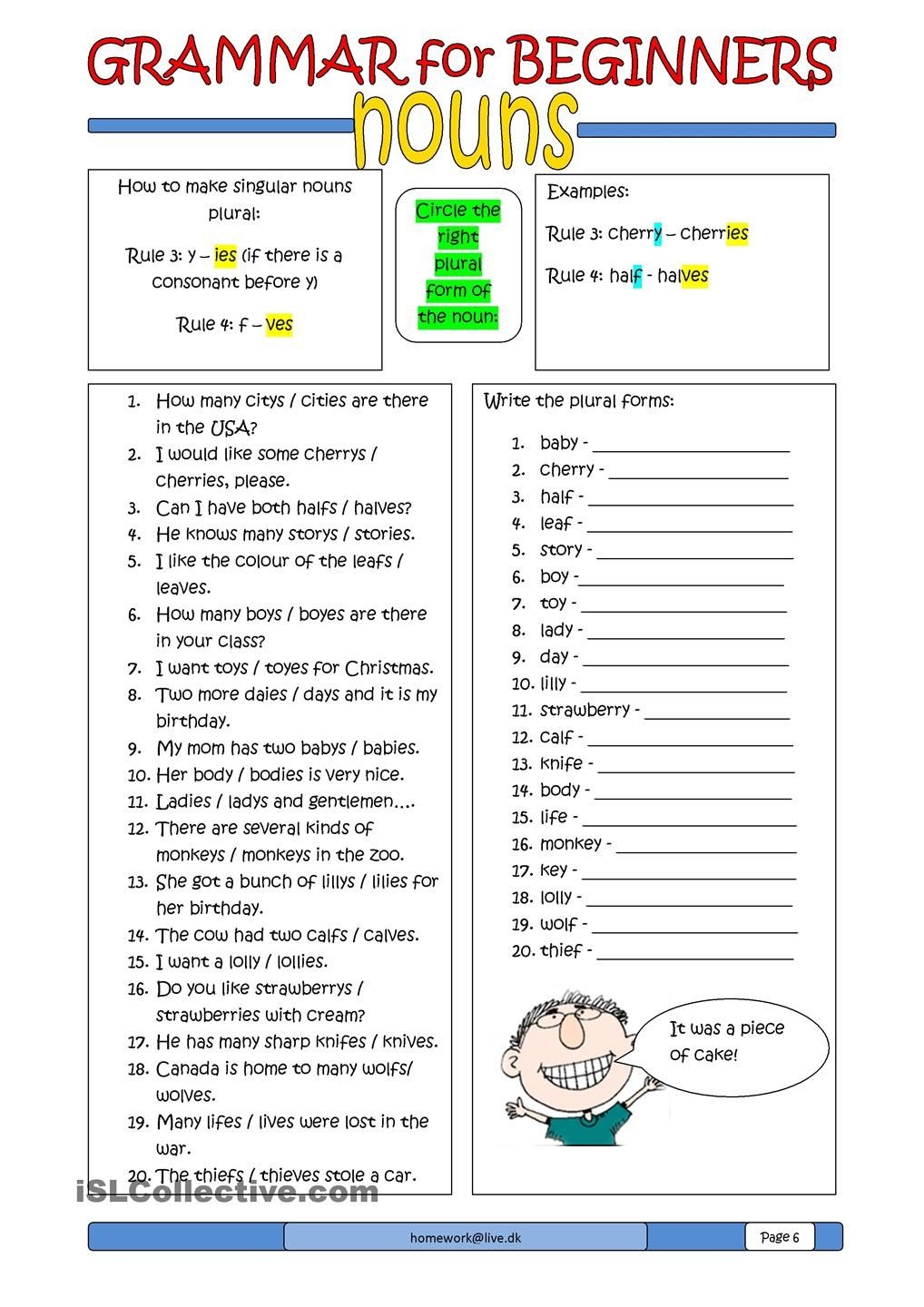 yperdomol2adblearning.z14.web.core.windows.net43 Free ESL Worksheets For English Teachers - ALL ESL - Worksheets Library
yperdomol2adblearning.z14.web.core.windows.net43 Free ESL Worksheets For English Teachers - ALL ESL - Worksheets Library
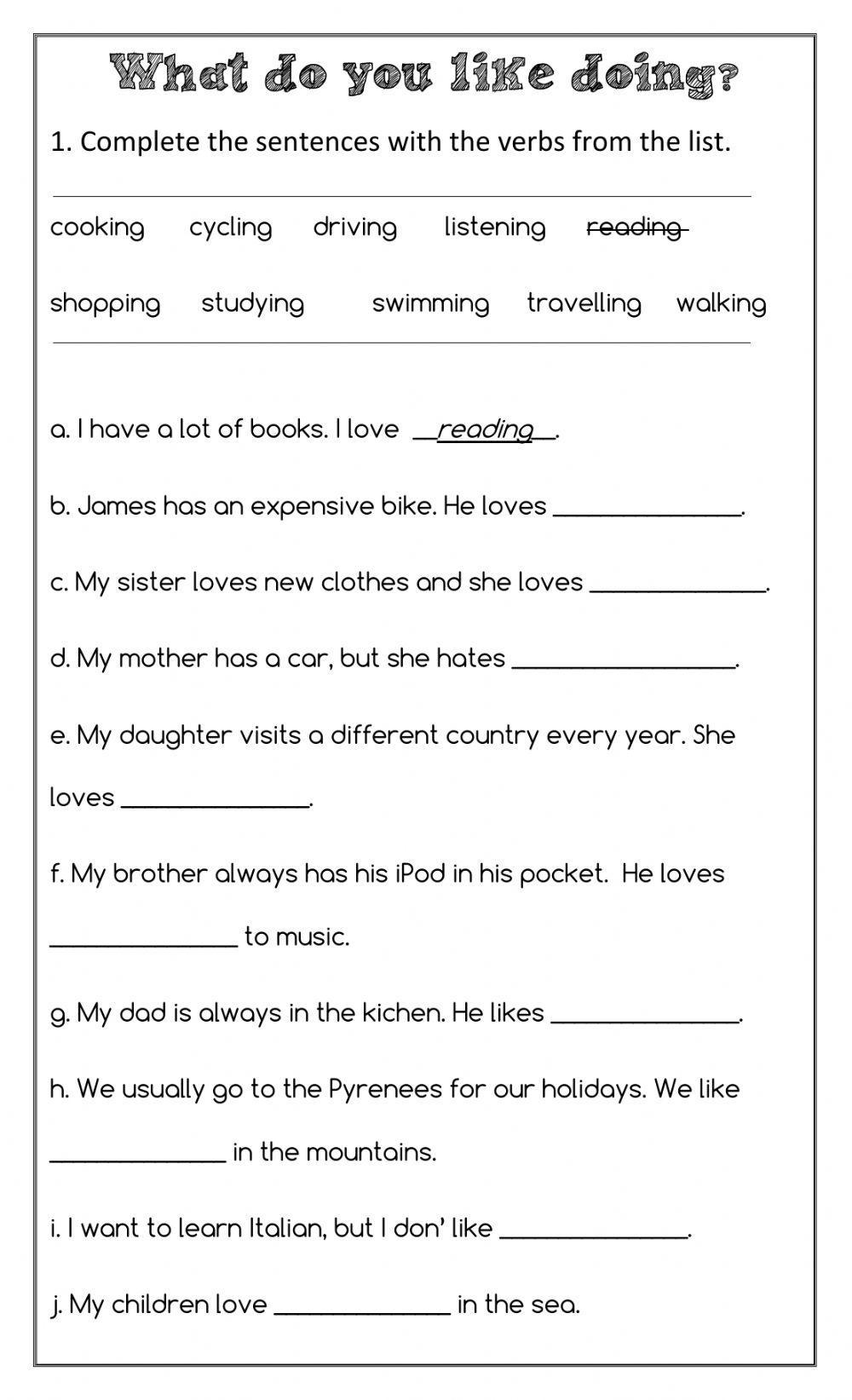 worksheets.clipart-library.com16 Adult ESL Worksheets - Free PDF At Worksheeto.com
worksheets.clipart-library.com16 Adult ESL Worksheets - Free PDF At Worksheeto.com
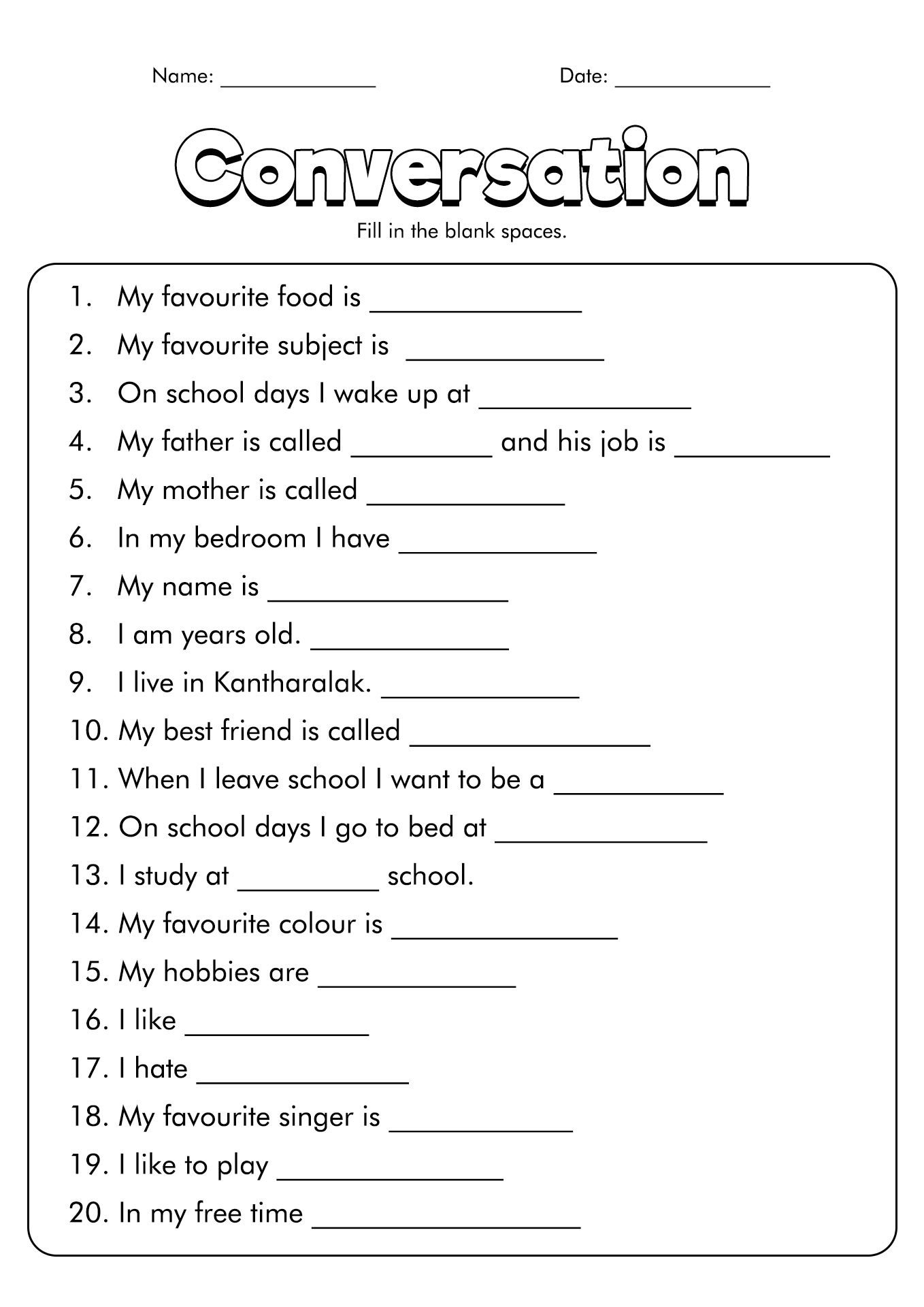 www.worksheeto.comFree ESL Worksheets For Adults (48 Great Resources) | TPR Teaching
www.worksheeto.comFree ESL Worksheets For Adults (48 Great Resources) | TPR Teaching
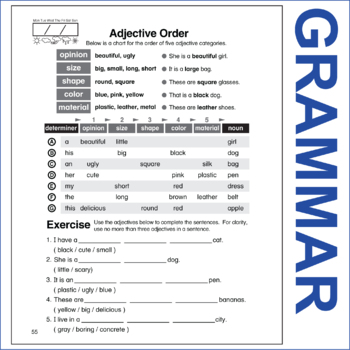 worksheets.clipart-library.comFree Esl Worksheets For Adults Pdf | Printable Worksheets
worksheets.clipart-library.comFree Esl Worksheets For Adults Pdf | Printable Worksheets
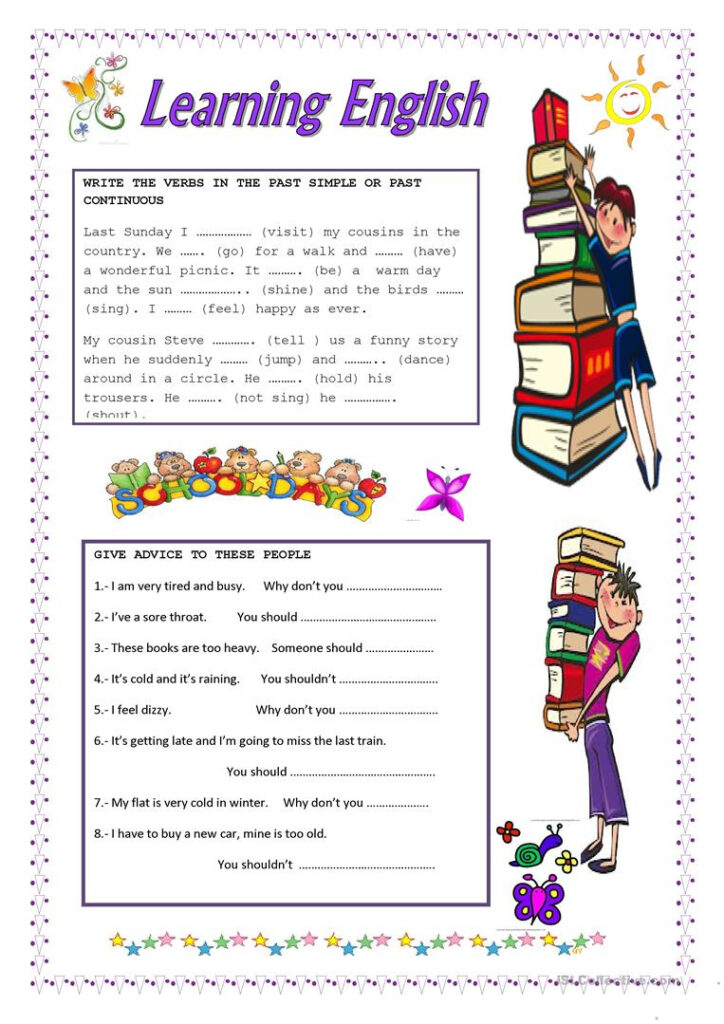 printablesworksheets.com16 Adult ESL Worksheets - Free PDF At Worksheeto.com
printablesworksheets.com16 Adult ESL Worksheets - Free PDF At Worksheeto.com
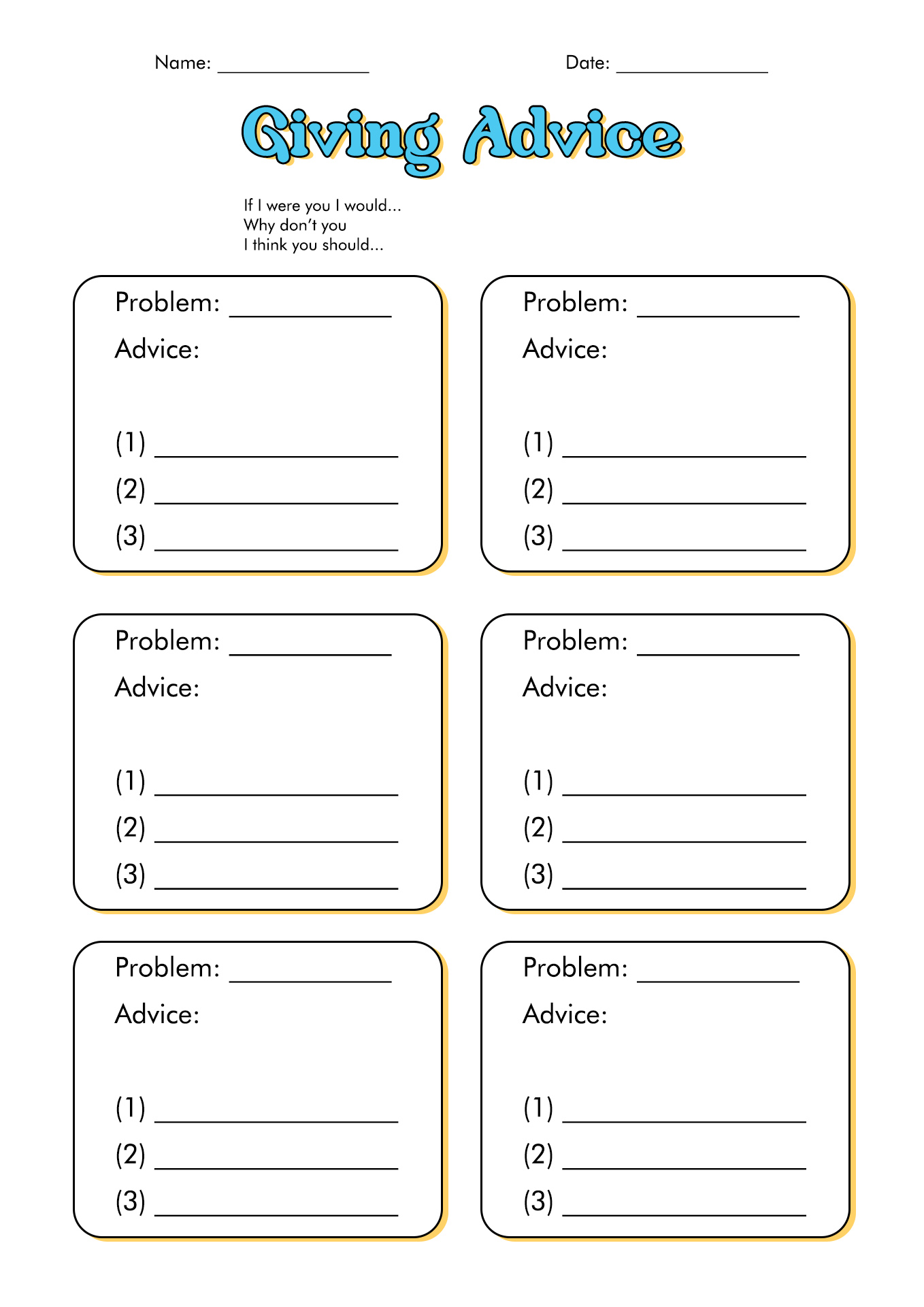 www.worksheeto.comBeginner Esl Worksheets For Adults
www.worksheeto.comBeginner Esl Worksheets For Adults
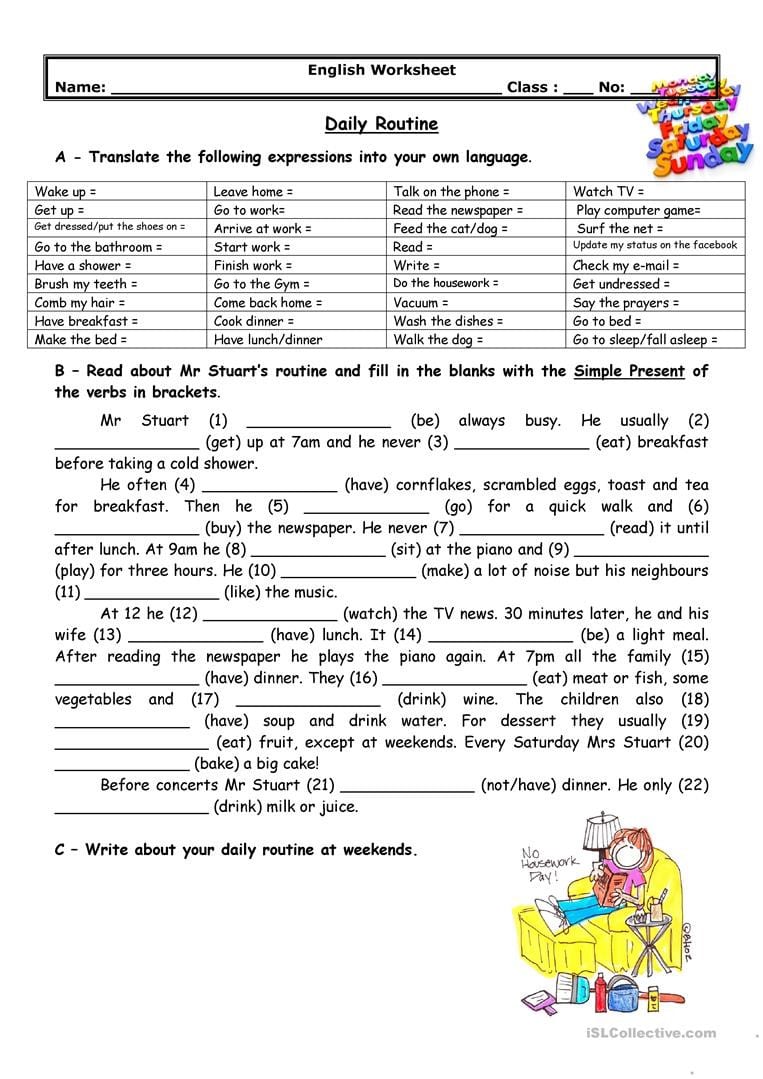 materiallibrarycagle.z13.web.core.windows.netFree Printable Esl Lessons For Adults
materiallibrarycagle.z13.web.core.windows.netFree Printable Esl Lessons For Adults
 yperdomol2adblearning.z14.web.core.windows.netDaily Routine.: English ESL Worksheets Pdf & Doc
yperdomol2adblearning.z14.web.core.windows.netDaily Routine.: English ESL Worksheets Pdf & Doc
 en.islcollective.comWhat Makes Worksheets Count Worksheets are more than just pen and paper exercises. They boost concepts, encourage independent exploration, and supply a concrete tool to measure development. But here’s the catch: when they’re thoughtfully made, they can additionally be fun. Have you wondered how a worksheet could double as a challenge? Or how it may encourage a child to investigate a subject they’d usually ignore? The secret is found in variety and innovation, which we’ll dig into through useful, exciting examples.
en.islcollective.comWhat Makes Worksheets Count Worksheets are more than just pen and paper exercises. They boost concepts, encourage independent exploration, and supply a concrete tool to measure development. But here’s the catch: when they’re thoughtfully made, they can additionally be fun. Have you wondered how a worksheet could double as a challenge? Or how it may encourage a child to investigate a subject they’d usually ignore? The secret is found in variety and innovation, which we’ll dig into through useful, exciting examples.
1. Narrative Fun Through Blank Filling As an alternative to usual fill in the blank activities, attempt a narrative twist. Give a short, funny tale opener like, “The traveler stumbled onto a bright shore where…” and insert openings for verbs. Kids plug in them in, creating unique adventures. This ain’t simply language exercise; it’s a innovation booster. For younger students, add funny prompts, while mature learners might handle colorful terms or twist twists. What sort of story would someone imagine with this structure?
2. Fun Packed Calculation Challenges Numbers doesn’t have to appear like a chore. Create worksheets where cracking sums discloses a puzzle. Visualize this: a chart with digits placed around it, and each proper solution shows a bit of a secret image or a secret word. As another option, craft a word game where hints are number challenges. Quick sum facts may work for young learners, but for older kids, quadratic equations could jazz the mix. The engaged act of solving grabs children focused, and the bonus? A rush of victory!
3. Scavenger Hunt Style Research Turn learning into an experience. Plan a worksheet that’s a treasure hunt, directing children to uncover info about, say, animals or old time figures. Mix in tasks like “Locate a creature that hibernates” or “Give a leader who led earlier than 1800.” They can search texts, digital info, or even quiz parents. Due to the work feels like a quest, focus skyrockets. Join this with a follow up prompt: “What single detail surprised you most?” In a flash, quiet learning transforms into an exciting exploration.
4. Creativity Pairs with Learning Who thinks worksheets cannot be colorful? Blend art and learning by providing spots for sketches. In science, learners may label a cell structure and sketch it. Event fans could picture a event from the Civil War after finishing prompts. The process of drawing boosts memory, and it’s a pause from wordy pages. For fun, tell them to create an item goofy tied to the lesson. What sort would a plant structure seem like if it held a celebration?
5. Imagine Situations Capture creativity with imagination worksheets. Give a setup—perhaps “You’re a leader setting up a community festival”—and list challenges or tasks. Students might work out a cost (numbers), create a speech (writing), or map the event (space). Though it’s a worksheet, it feels like a adventure. Tough stories can test bigger teens, while easier activities, like setting up a pet event, work for little children. This way blends lessons seamlessly, demonstrating how abilities connect in everyday life.
6. Mix and Match Vocab Fun Vocabulary worksheets can sparkle with a mix and match twist. Put phrases on one side and odd meanings or samples on the opposite, but toss in a few fake outs. Kids connect them, smiling at silly mismatches before getting the true pairs. Instead, match terms with visuals or related words. Quick sentences hold it fast: “Link ‘happy’ to its sense.” Then, a longer task appears: “Pen a phrase with dual matched words.” It’s light yet helpful.
7. Real World Challenges Take worksheets into the current time with everyday jobs. Pose a task like, “How come would you cut trash in your space?” Kids brainstorm, list ideas, and detail one in specifics. Or attempt a cost task: “You’ve possess $50 for a party—what items do you pick?” These tasks build deep ideas, and due to they’re relatable, kids remain interested. Consider for a bit: how frequently do someone work out challenges like these in your real time?
8. Interactive Group Worksheets Collaboration can elevate a worksheet’s reach. Design one for tiny groups, with all child doing a part before mixing answers. In a time lesson, a single might jot days, a different one happenings, and a next consequences—all linked to a lone idea. The crew then talks and presents their results. Although personal task counts, the team target builds collaboration. Cheers like “Us crushed it!” usually come, revealing education can be a collective effort.
9. Puzzle Cracking Sheets Tap curiosity with mystery focused worksheets. Kick off with a hint or clue—maybe “A creature stays in the sea but inhales breath”—and supply queries to zero in it through. Kids work with smarts or study to answer it, noting responses as they move. For stories, pieces with gone pieces work too: “Who stole the goods?” The excitement holds them hooked, and the method hones analytical smarts. Which puzzle would someone like to figure out?
10. Looking Back and Goal Setting Finish a section with a thoughtful worksheet. Prompt learners to scribble in what they gained, the stuff pushed them, and just one plan for the future. Easy cues like “I feel glad of…” or “Next, I’ll test…” work perfectly. This ain’t graded for perfection; it’s about reflection. Pair it with a creative flair: “Doodle a medal for a skill you rocked.” It’s a calm, amazing approach to end up, fusing introspection with a bit of delight.
Bringing It The Whole Thing In These suggestions demonstrate worksheets are not locked in a dull spot. They can be games, narratives, drawing pieces, or group jobs—what suits your learners. Start small: pick only one plan and change it to match your lesson or style. Before too long, you’ll hold a collection that’s as dynamic as the folks working with it. So, what’s keeping you? Get a pencil, think up your personal take, and look at interest climb. Which tip will you use at the start?
You might also like:
- Time Management Worksheets: Management Time Template Schedule Daily Chart Study Excel Spreadsheet Worksheet Students Sheet Log Hours Employee Templates Printable Weekly Project School Aug 8, 2024
- Free Cursive Worksheets: Cursive Worksheets Handwriting Penmanship Geckoandfly May 7, 2024
- Kindergarten Sight Word Worksheets: Sight Words Kindergarten Worksheet Feb 23, 2025